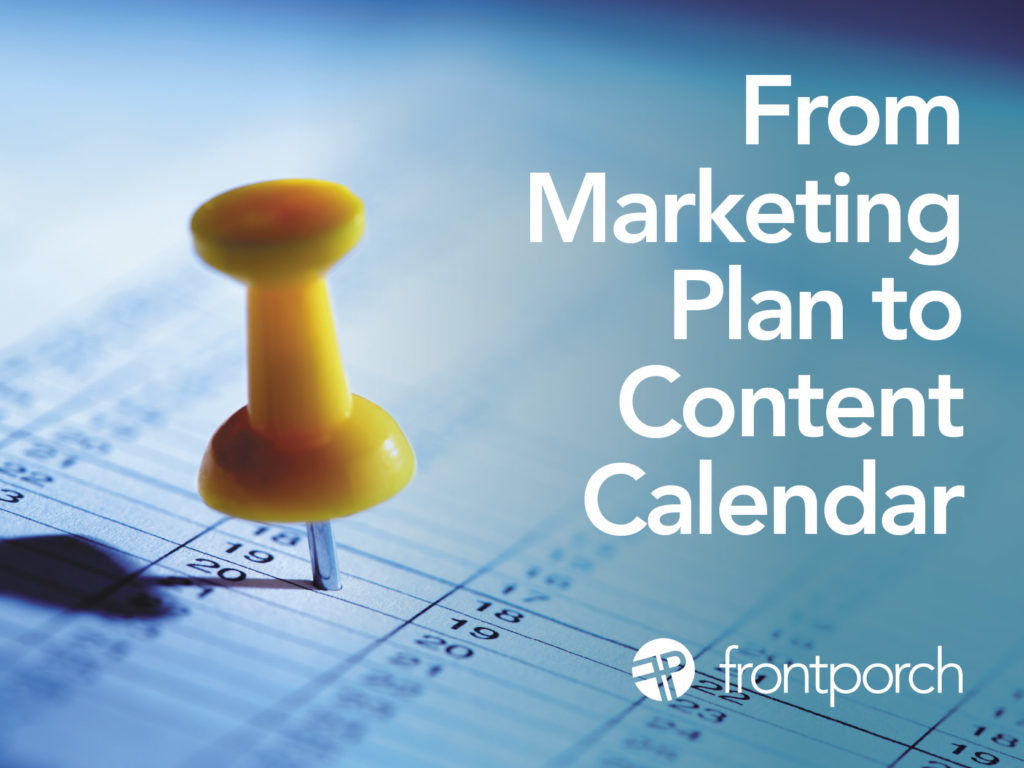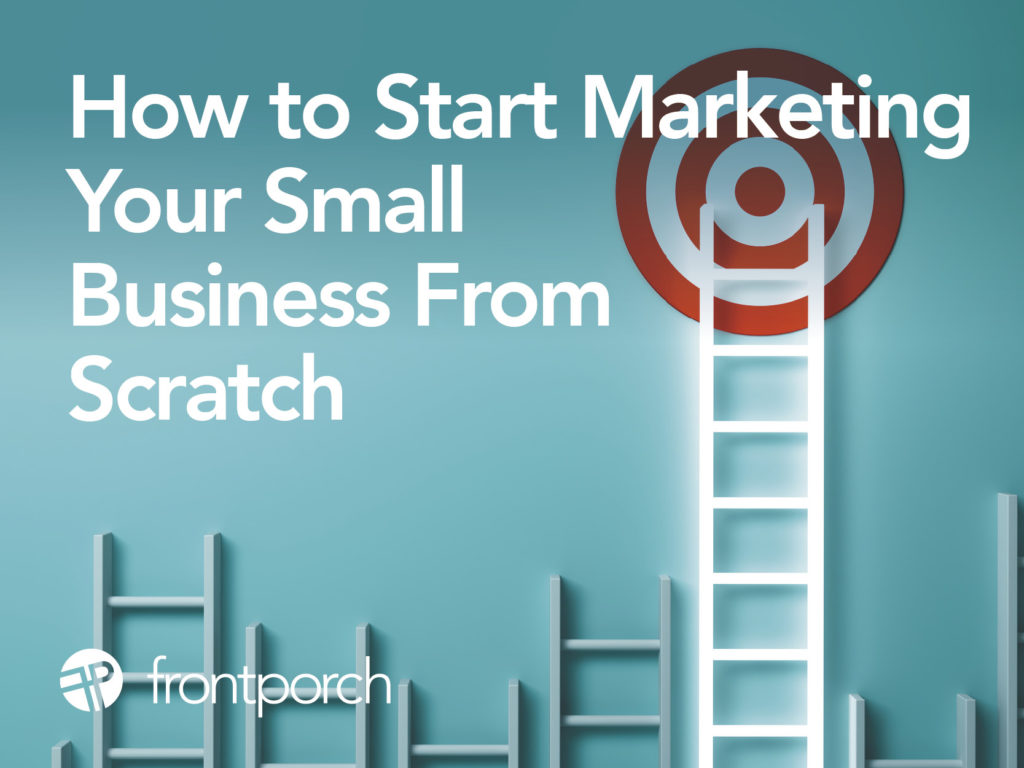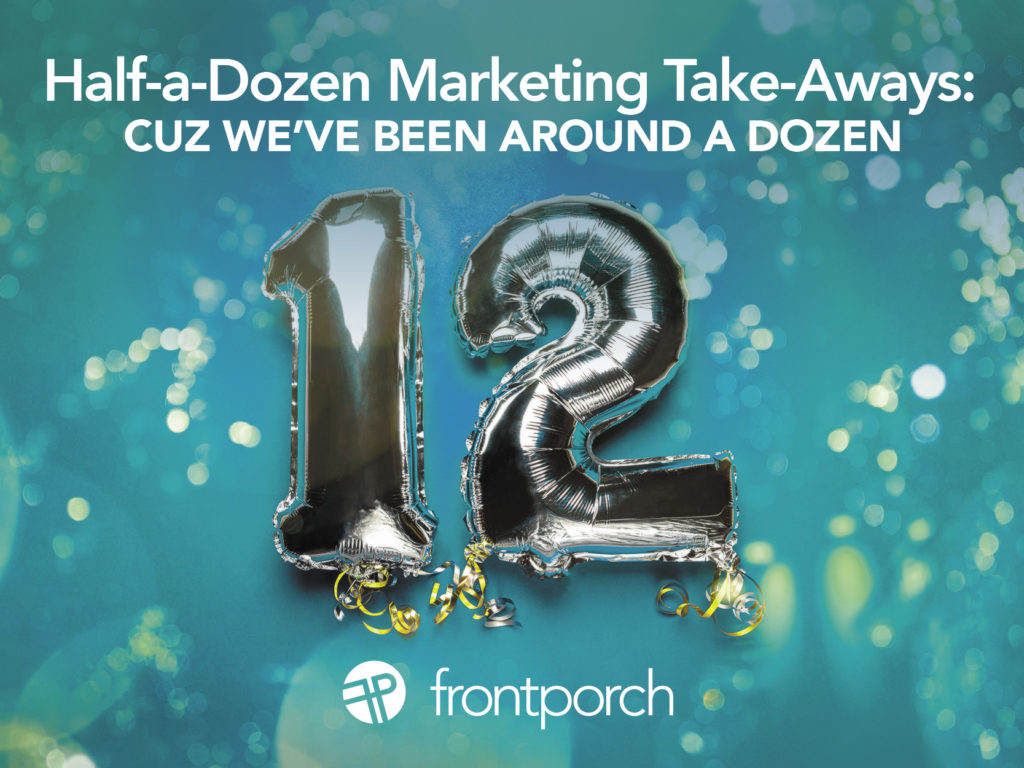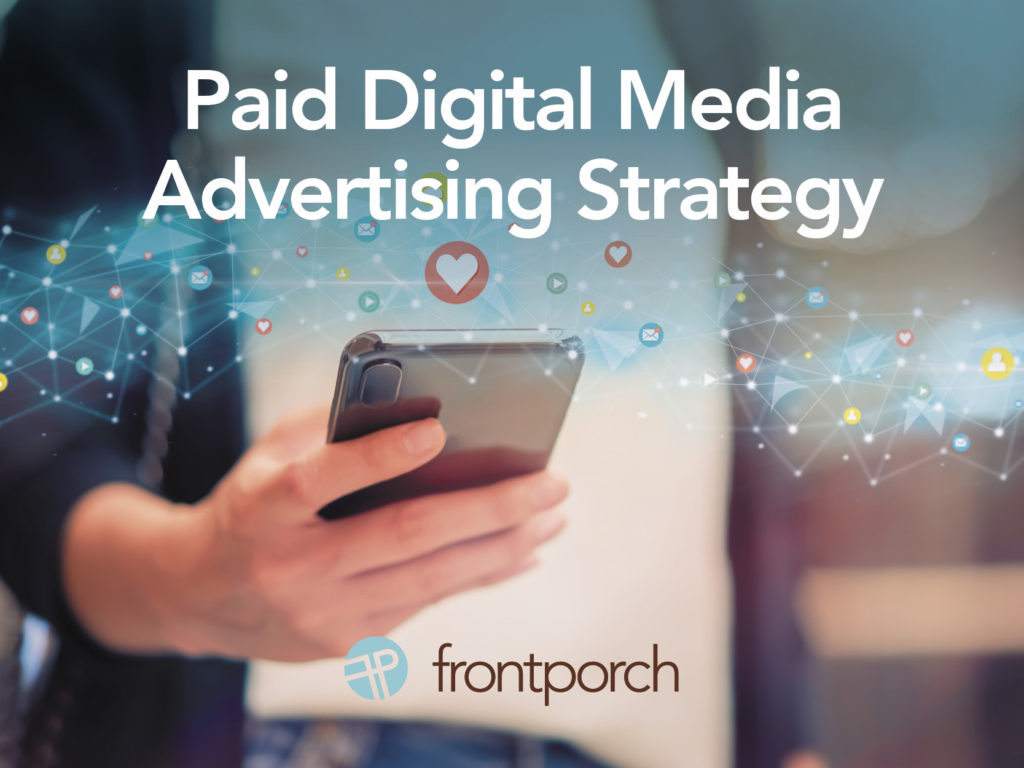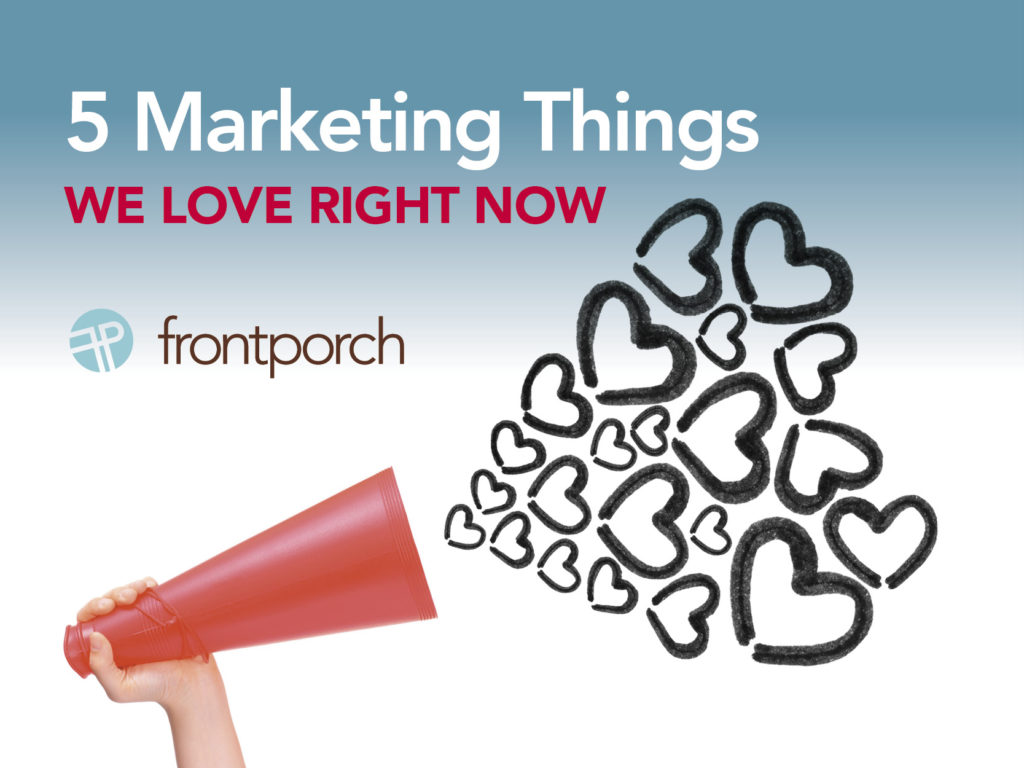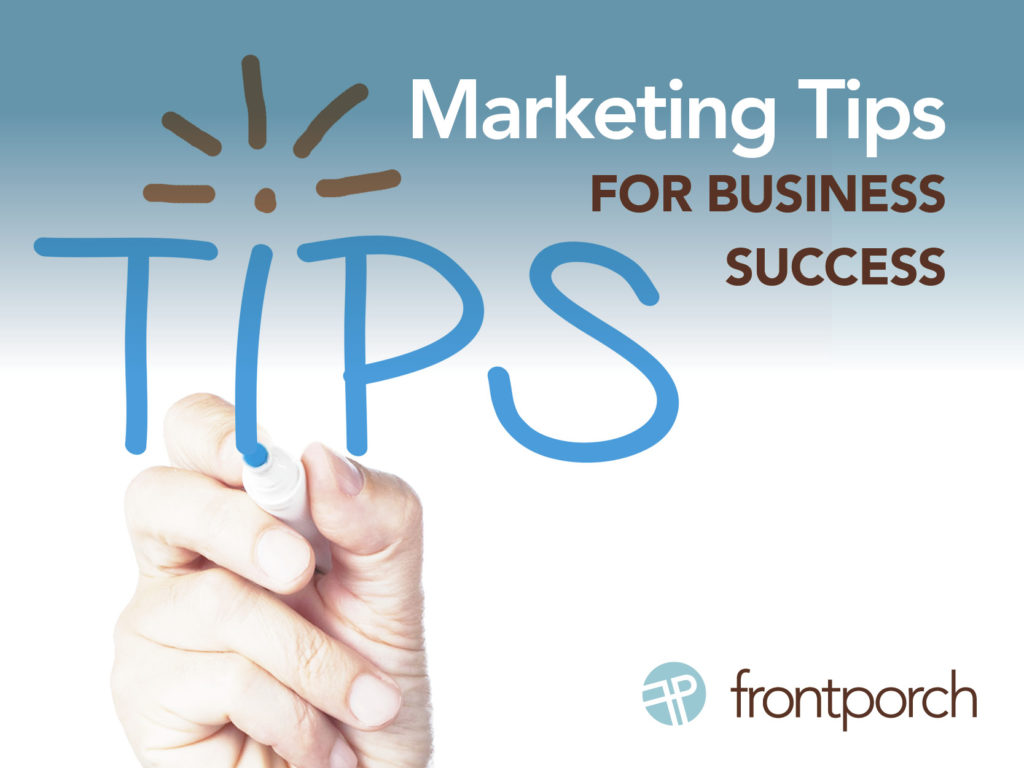
A few types of social media marketing
Content Marketing/Content Creating: This is where a company will make content and share it on a social media platform. It can be anything from a podcast, videos, emails, etc. These messages are personal and should help the company achieve its objectives and reach a specific audience.
Advertising/Sponsorship: This is a more formal way of using social media. It is a non-personal message that promotes, or sells a product, service, or concept. You are able to create and place the exact message you want.
Influencer Marketing: This is where a company can use a social media influencer to help promote their product. This influencer is trusted and has a loyal audience, so when they share the product, it raises brand visibility.
Check out this article about 10 different types of social media to learn about other types of social media marketing.
Which type of Marketing high schoolers respond to the best
Overall, most high schoolers respond best to Influencer Marketing or Content Creating/Content Marketing, specifically on popular social media apps like TikTok or Instagram. Personally, I find traditional ads are easy to scroll past compared to an interesting video that grabs your attention. With influencer marketing, these content creators already have a following, making it a perfect place to promote. However, it is crucial to find a content creator that aligns with the idea for your product. Many beauty companies will pair up with a content creator that has an entire page on that specific topic, making it relevant on that page.
On the other hand, making original content for a company or a brand can be extremely successful. Many popular companies now have accounts on popular social media platforms and are active in many different ways. Some comment on posts that mention them or will repost videos made about them as well as making their own.
How to stand out
There are many ways to stand out as a company and gain traction through social media. I think one of the best ways are brand trips. Brand trips are when a company takes a group of influencers on an all-expense paid vacation. These trips always get a lot of attention and influencers spend the duration of it promoting the brand and what it sells. These have proven time and time again to be an effective way to bring attention to a company and product.
Another great way to bring attention to your brand is make a TikTok account. On average, high schoolers spend 113 minutes a day just on TikTok, significantly more than any other social media site. It can take a while to gain a following, so patience is important. Once an account reaches a point of success, they typically continue to grow.



